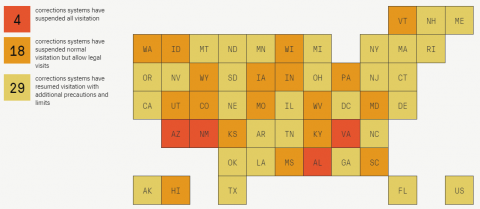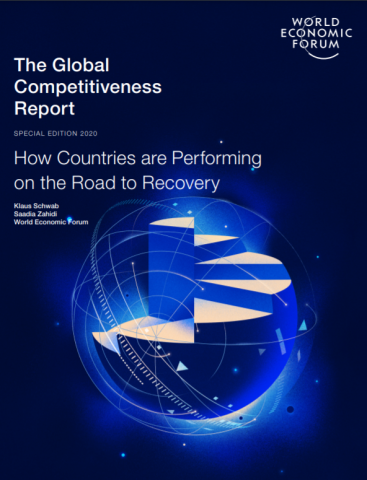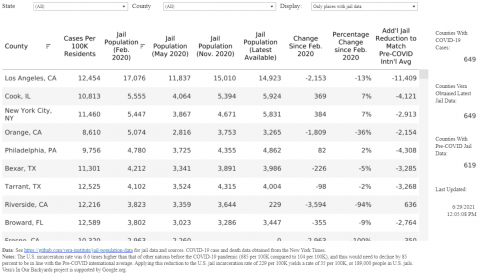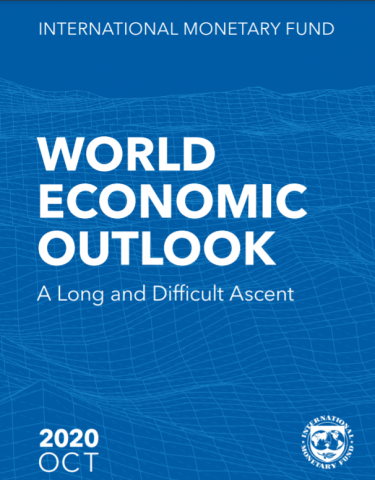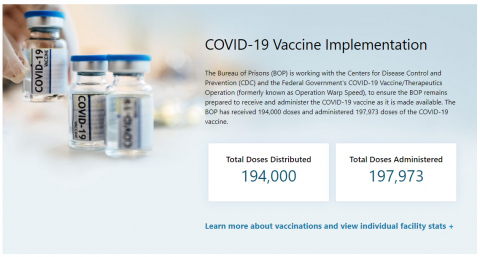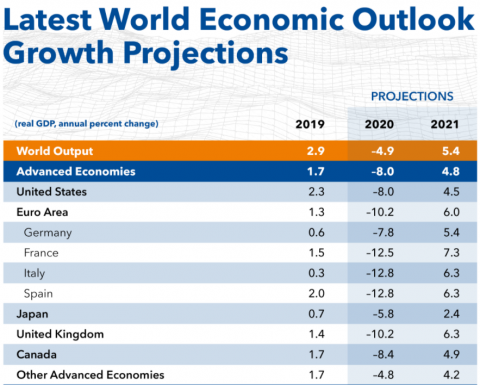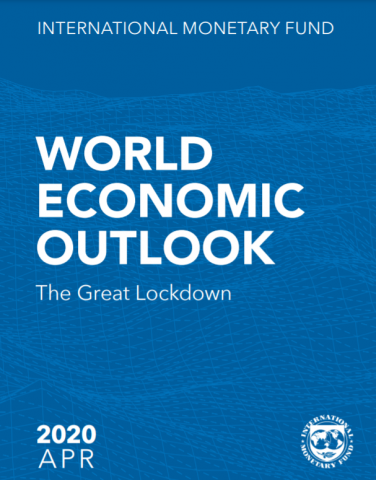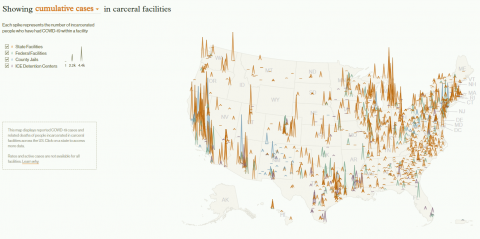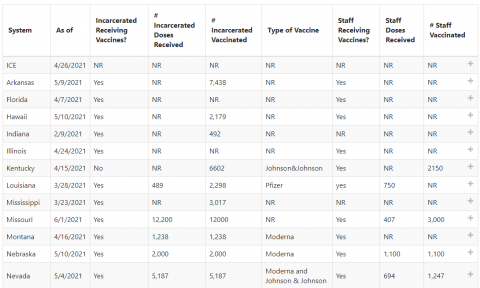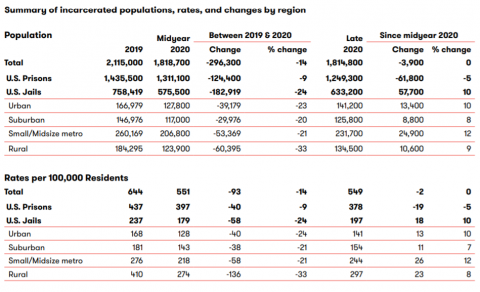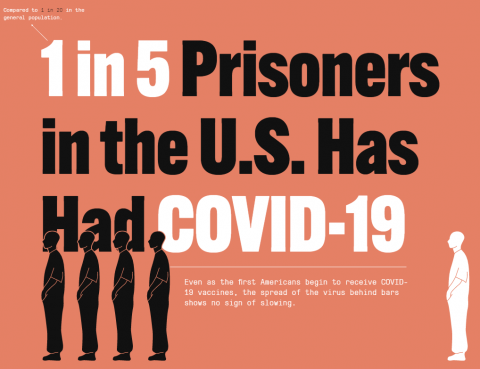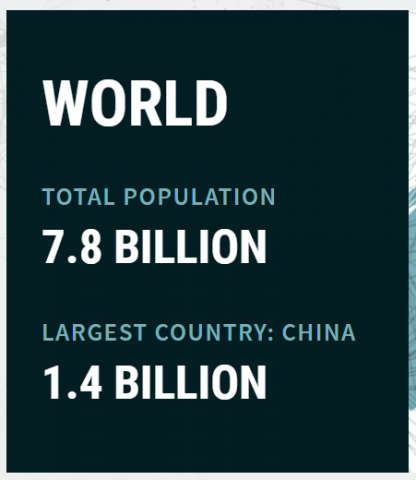Coronavirus - 2020
The world changed in 2020 and everyone was forced to react to an unprecedented global health crisis. Correctional institutions were not immune to this pandemic. This collection of resources highlights many of the developing insights throughout the first year of the crisis and how corrections facilities and agencies were reacting to the problems they faced.
For more on this topic, please see our Coronavirus resources https://nicic.gov/coronavirus

